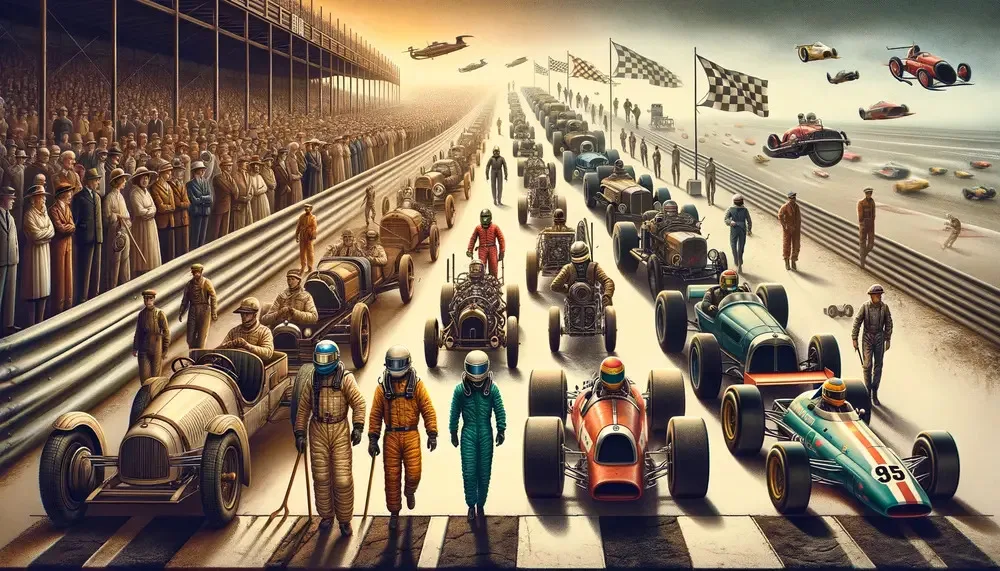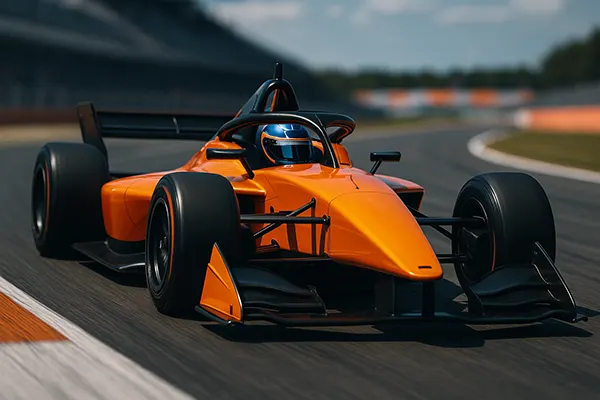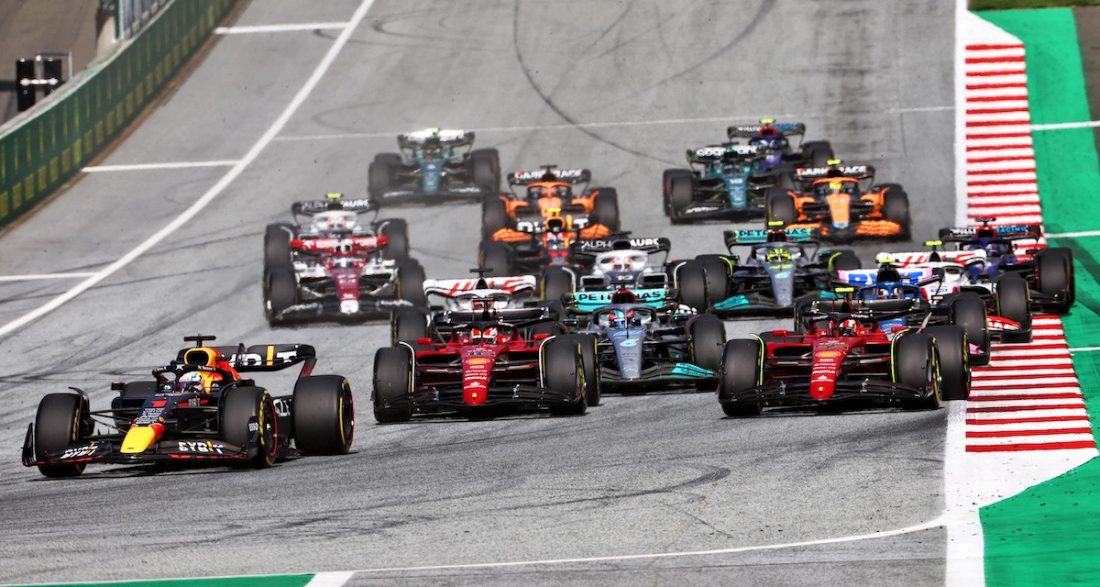
The Evolution of Safety Measures in Motorsports: A Historical Overview
The high-octane world of motorsports, characterized by its thrilling speed and competitive edge, has always been shadowed by the specter of danger. Over the years, the industry has witnessed significant advancements in safety measures, evolving from rudimentary precautions to sophisticated systems that protect both drivers and spectators. This article charts the pivotal moments and technological milestones that have marked the evolution of safety in motorsports.
The Early Days of Motorsport
In the nascent stages of motorsports, safety was often a secondary concern to performance and speed. Early racing cars lacked basic safety features, and protective gear for drivers was minimal. Races were held on open roads or rudimentary tracks with little to no barriers, exposing drivers and spectators to significant risks. Tragic accidents were not uncommon, serving as grim reminders of the inherent dangers of the sport.
The 1960s to 1980s: A Period of Awakening
The period between the 1960s and 1980s marked a critical turning point in motorsport safety. Technological advancements led to the introduction of safety features such as roll bars, fire-resistant suits, and helmets. These decades also saw the advent of mandatory safety equipment for drivers, a move spurred by a series of high-profile accidents that shook the motorsport community. The death of legendary drivers and the serious injuries sustained by others underscored the urgent need for improved safety measures, leading to significant changes in how motorsport governing bodies approached the issue.
The 1990s: Safety Takes Center Stage
The 1990s witnessed an unprecedented focus on safety, driven by the establishment of dedicated safety organizations within the motorsport world. These organizations, such as the FIA Institute for Motorsport Safety, played a pivotal role in setting and enforcing rigorous safety standards for vehicles and tracks alike. This era introduced crucial safety innovations, including the HANS (Head and Neck Support) device, energy-absorbing barriers, and the widespread use of carbon fiber in car construction to enhance chassis strength.

The 2000s to Present: The Era of Advanced Safety Technology
The new millennium has seen the adoption of cutting-edge technology to further enhance safety in motorsports. Vehicle designs now prioritize crashworthiness and energy dissipation, protecting drivers more effectively during collisions. The use of data analytics and biomechanics has improved our understanding of crash impacts on the human body, leading to better protective gear and safety protocols. Today, innovations such as virtual safety cars, advanced helmet technology, and real-time monitoring systems are testament to motorsport’s ongoing commitment to safety.
The Future of Motorsport Safety
Looking ahead, the future of motorsport safety is poised on the brink of even more revolutionary changes. Developments in artificial intelligence, machine learning, and materials science hold the promise of predictive safety measures, capable of preventing accidents before they happen. As the sport continues to push the boundaries of speed and performance, the challenge remains to balance the pursuit of advancement with the imperative of safety.
Conclusion
The evolution of safety measures in motorsports is a testament to the sport’s resilience and capacity for innovation. From the early days of rudimentary precautions to the current era of advanced safety technology, the journey has been marked by continuous improvement and an unwavering commitment to safeguarding lives. As motorsports continue to evolve, this dedication to safety remains a cornerstone, ensuring that the thrill of speed never comes at the cost of human life.




